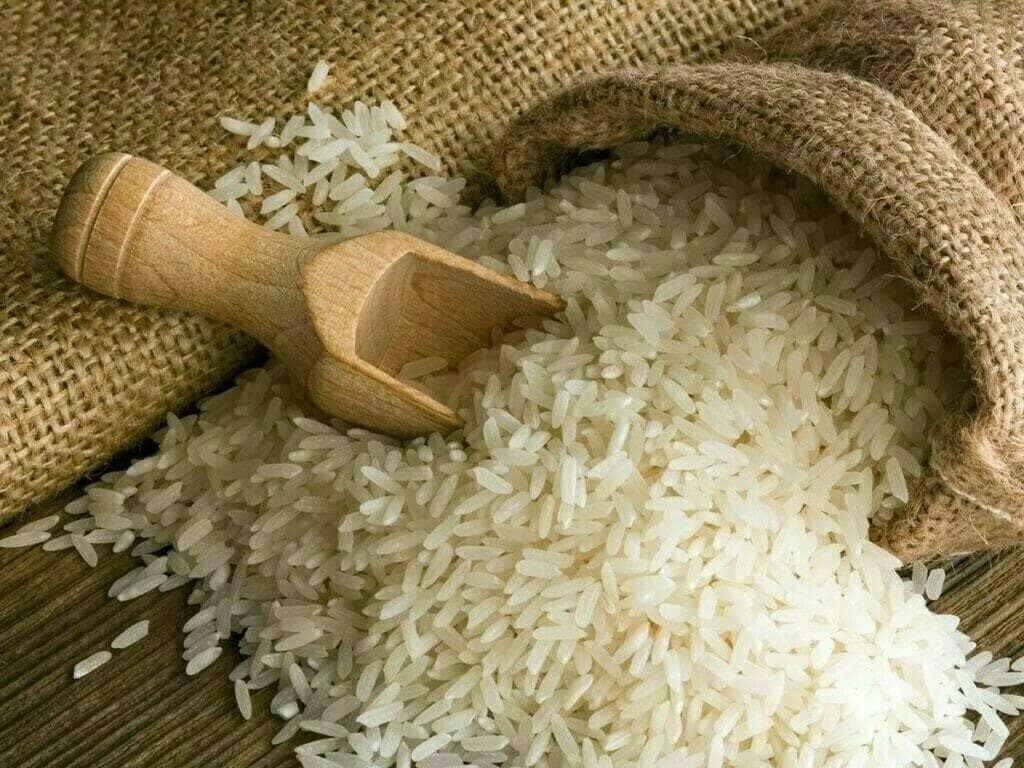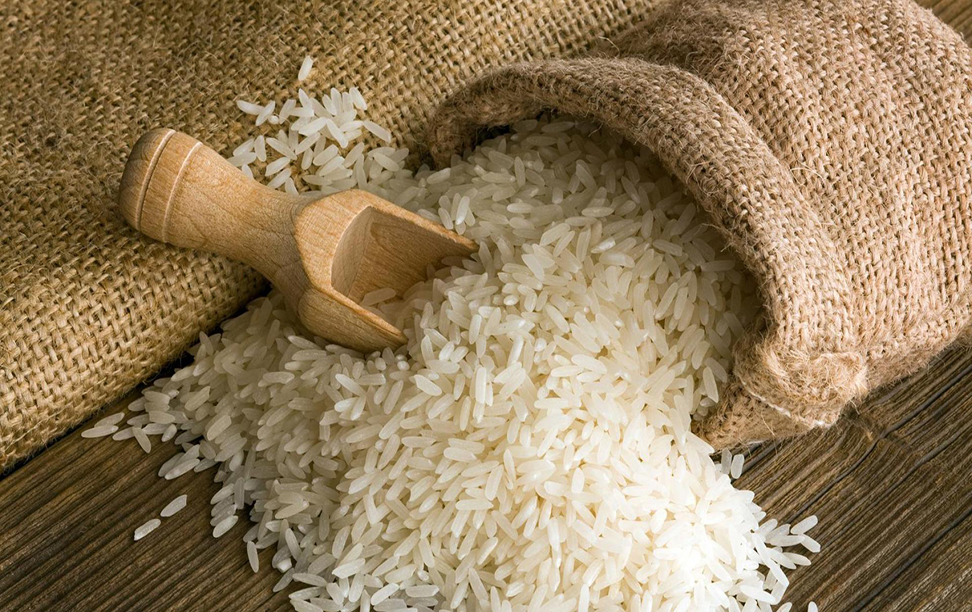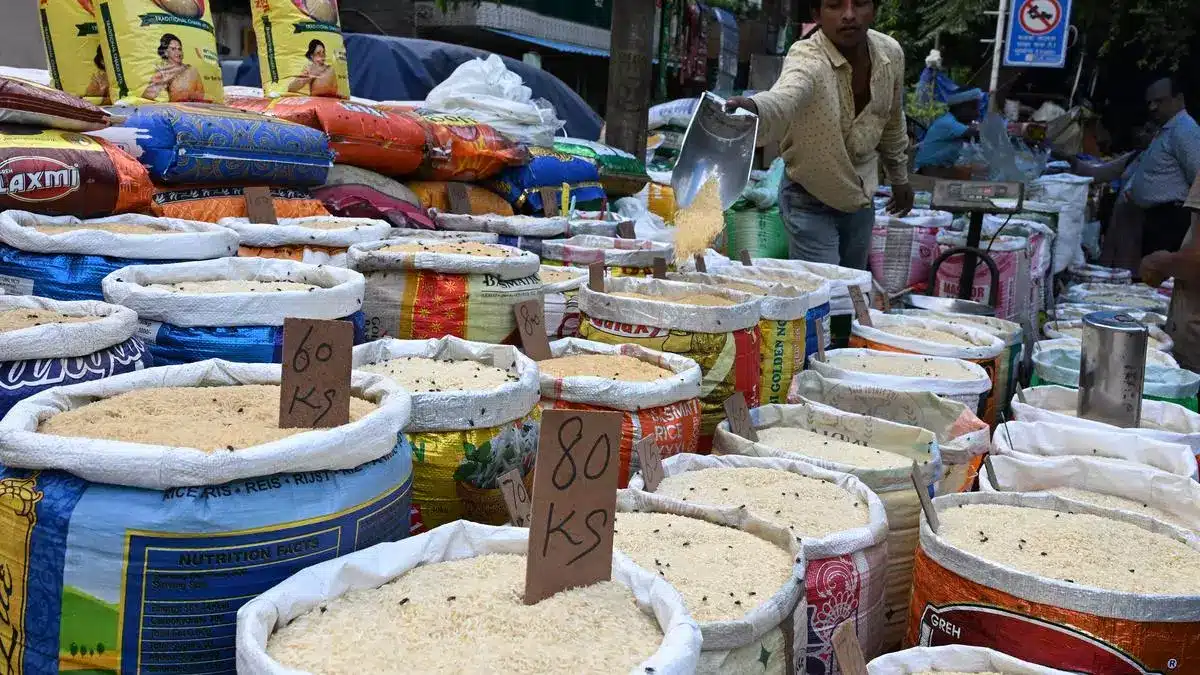Tags
Bumper harvest forecast for Indian rice as La Nina likely to return in 2024
HIGHLIGHTS
Record rice production of 135-138 million mt forecast in India for 2024-25
Robust output to pressure domestic prices and spur reversal of export curbs
Return of La Nina rainfall boosts crop prospects after 3 years of drought
India’s rice production is forecast to reach record volumes of 135.5 million-138 million mt in 2024-25 crop year (July-June), as chances for La Nina are expected to gradually rise by August-September, market sources told S&P Global Commodity Insights.
A robust 2024-25 harvest by the world’s top exporter is expected to have widespread implications on global rice market, including price cuts and possibly reversal of restrictive trade policies, sources reckoned.
Commodity Insights expects 135.5 million mt of rice output in 2024-25, which if realized, equals India’s record harvest of 2022-23. However, the US Department of Agriculture has adopted a more bullish stance and projects an all-time high volume of 138 million mt.
These lofty projections are based on expectations of sufficient rainfall in 2024 by the India Meteorological Department.
The IMD has forecast above-average rainfall for India during the 2024 monsoon season (June-September), which is going to be extremely beneficial for the kharif crops, including rice, a Vizag-based trader said.
The South Asian nation produces rice in kharif and rabi seasons. While kharif rice, which comprises 70% of country’s output, is typically harvested in November, rabi is generally planted in November-December and harvested by April-May.
La Nina boost
After a three-year hiatus, La Nina is expected to make a strong comeback to the Indian shores by August-September, according to the IMD forecast.
The Indian farmlands have been battered by El Nino for the past three years, causing prolonged droughts and significant decline in crop yields, a Kakinada-based rice exporter said. So, the return of La Nina is a welcome relief for the farmers, he said.
La Niña is a weather event characterized by cooler than average sea surface temperatures in the central and eastern equatorial Pacific Ocean. It typically brings huge rainfall across India, while El Nino is associated with protracted hot and dry weather in the sub-continent.
In India — where 75% of annual rainfall comes during the monsoon season, which spans just four months — La Nina is typically perceived as a booster not just for the local farming sector, but for the rest of the economy as well, a meteorologist said.
And rightly so as agriculture accounted for 15% of India’s gross domestic product of $3.57 trillion in fiscal year 2023-24 (April-March), according to the government data.
Prices seen under pressure
With the expectations of an “above-normal” monsoon in 2024, the prospects of hefty kharif rice production grows simultaneously.
According to rice traders and exporters, paddy prices are likely to be under immense pressure in coming weeks as the monsoon draws closer. The Indian market is likely to be flooded with rice after a strong kharif season in 2024, so the selling pressure is expected to be immense this year, they said.
Domestic rice supply forecast supports this assumption as the Indian rice supply in 2024-25 is seen at record 170 million mt, according to Commodity Insights data.
A robust domestic supply will likely pose a double whammy for domestic rice traders, who are already reeling under New Delhi’s restrictive trade policies in place since August 2022.
In order to curb food inflation, the government banned broken rice exports and imposed additional duties on non-basmati white rice outflows in August 2022. And by July 2023, the government had restricted non-basmati white rice exports, imposed a 20% duty on parboiled rice shipments and fixed a minimum export price for basmati at $950/mt.
As a result, the Indian rice exports plummeted 18.5% on the year to 16.5 million mt in 2023-24, Commodity Insights data showed.
While most of the parboiled variety is typically exported to West African nations, Indian basmati rice is primarily shipped to the Middle East.
Indian parboiled stays most competitive despite export duty
As far as Indian parboiled rice is concerned, despite 20% export duty, it still remains the most price-competitive in the world, Commodity Insights data showed.
So far in the calendar year 2024, between Jan. 1 and May 22, the daily average Platts assessment for India Long Grain Parboiled Milled Rice 5% STX FOB was at $531/mt, while Thai Long Grain Parboiled Milled Rice 100%STX FOB was seen at $606/mt, the data showed.
Export duties on Indian parboiled rice have not impacted its competitiveness in global market, a Delhi-based exporter said. At the same time, New Delhi is generating sizable revenue from this policy (levy on parboiled exports), so there is virtually no possibility of its reversal even after the election, he said.
The world’s largest democracy is undergoing general elections in April-May and the results will be out on June 4.
There is a muted consensus among the rice trading community that sooner rather than later the new government will revert the export ban on white rice amid expectations of hefty domestic surplus.
Everything now hinges on the monsoon season, as even the slightest hint of dry weather in June-July in key regions will likely prevent New Delhi from easing its restrictive trade policies, a Kolkata-based rice exporter said.
https://www.spglobal.com/commodityinsights/en/market-insights/latest-news/agriculture/052324-bumper-harvest-forecast-for-indian-rice-as-la-nina-likely-to-return-in-2024Published Date: May 23, 2024







